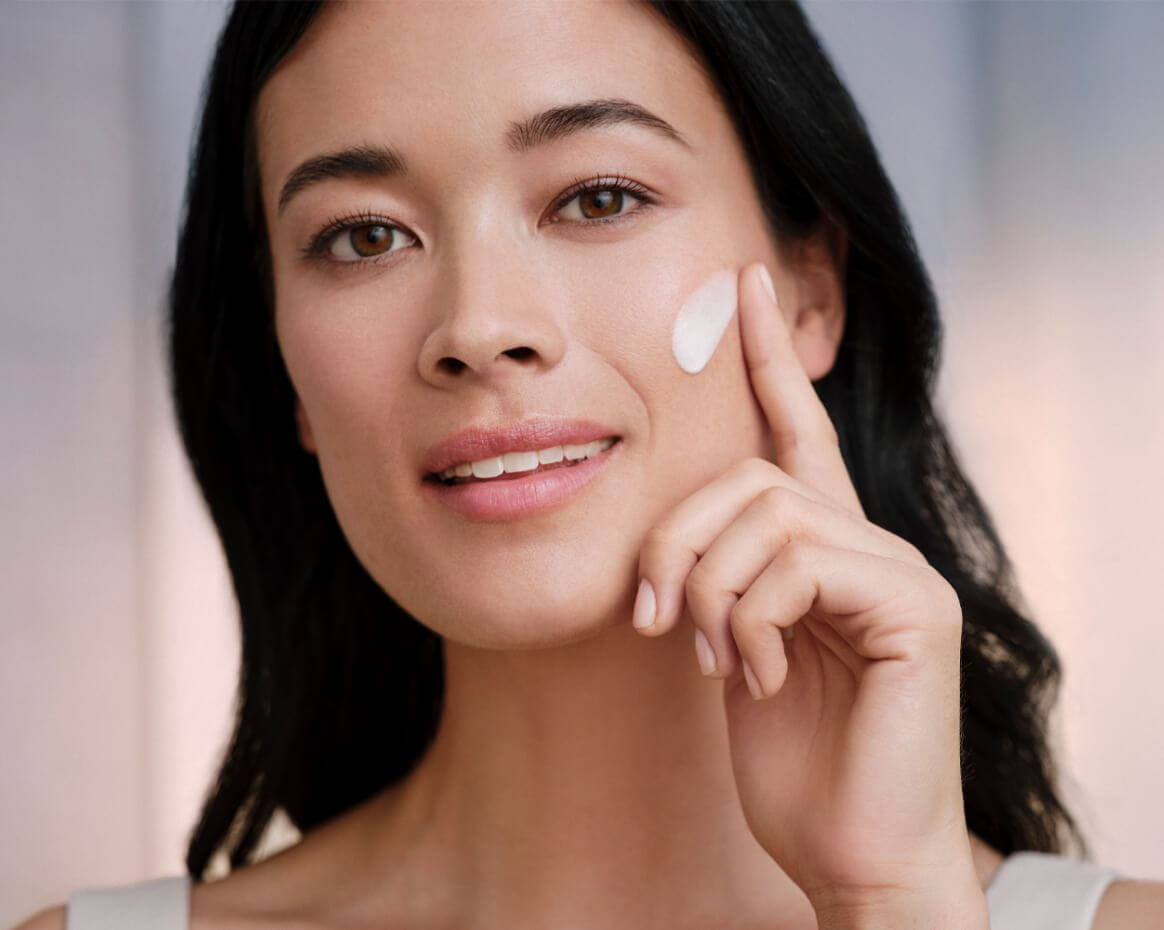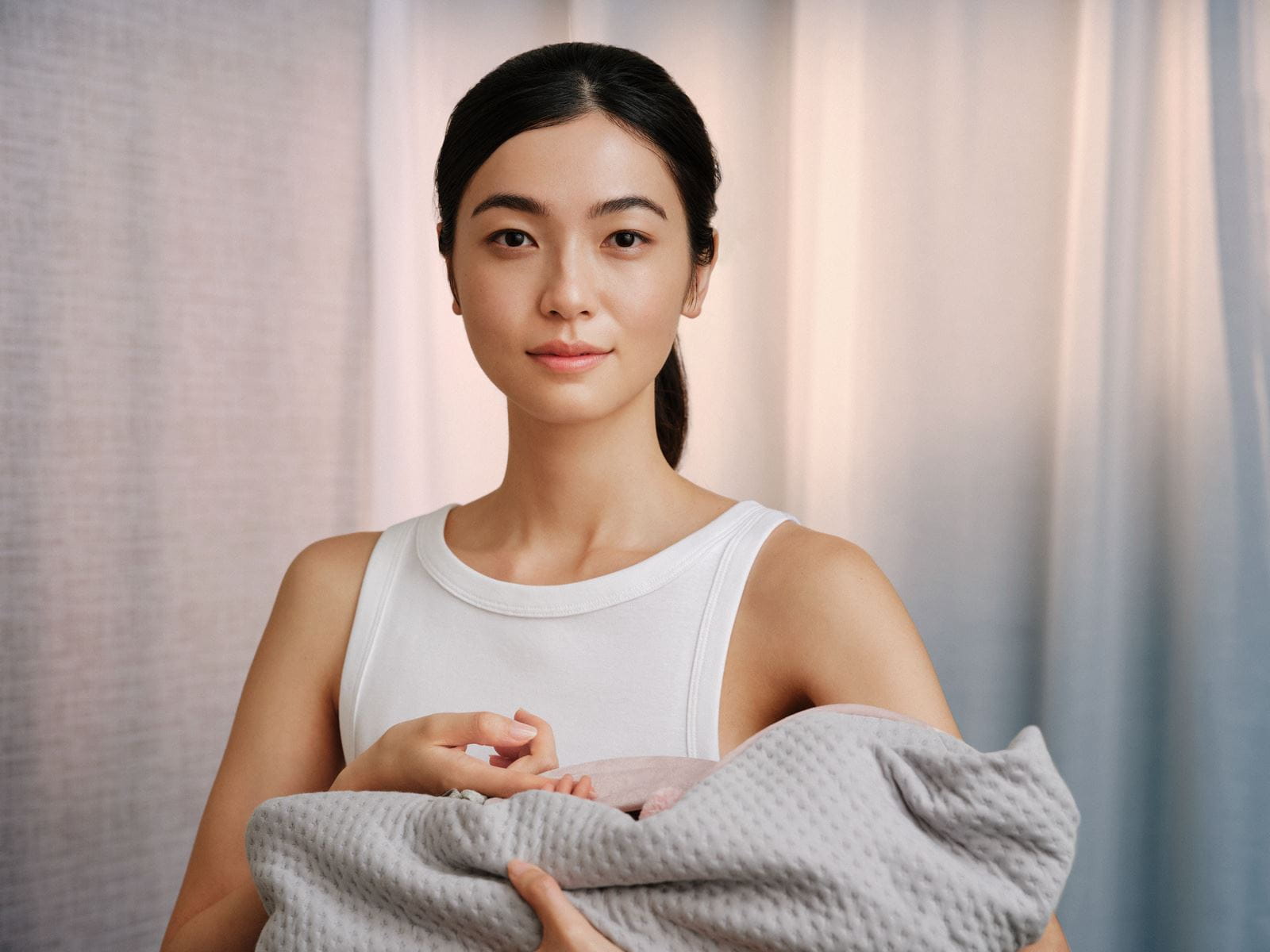
WHAT ARE DARK SPOTS AND HOW TO BEST TREAT THEM?
Have you had dark spots on your skin but didn’t know how to treat them? While not dangerous, dark spots, particularly dark spots on your face, can be unwelcome, and some people want to know how to reduce the appearance of them. The good news is, it is possible with targeted treatments and ingredients. Read on to discover what are dark spots, what causes them, and what options you have if you want to reduce their visibility.

Main Causes:
SUN DAMAGE
AGE
MELASMA
POST-INFLAMATORY HYPERPIGMENTATION







